Andover tornado stirs up memories of these 7 deadly Kansas twisters
Last month's Andover tornado stirred up memories of one of the deadliest twisters in Kansas history, which ravaged that community 31 years and three days earlier.
No one died in the April 29 EF-3 twister at Andover, a Wichita suburb of about 15,000 people. But 17 people were killed, 13 at Andover and four at Wichita, by an EF-5 tornado that struck those cities on April 26, 1991.
The latter twister is part of the following list of seven Kansas killer tornadoes that won't be forgotten.
1966 Topeka Tornado (16 killed)
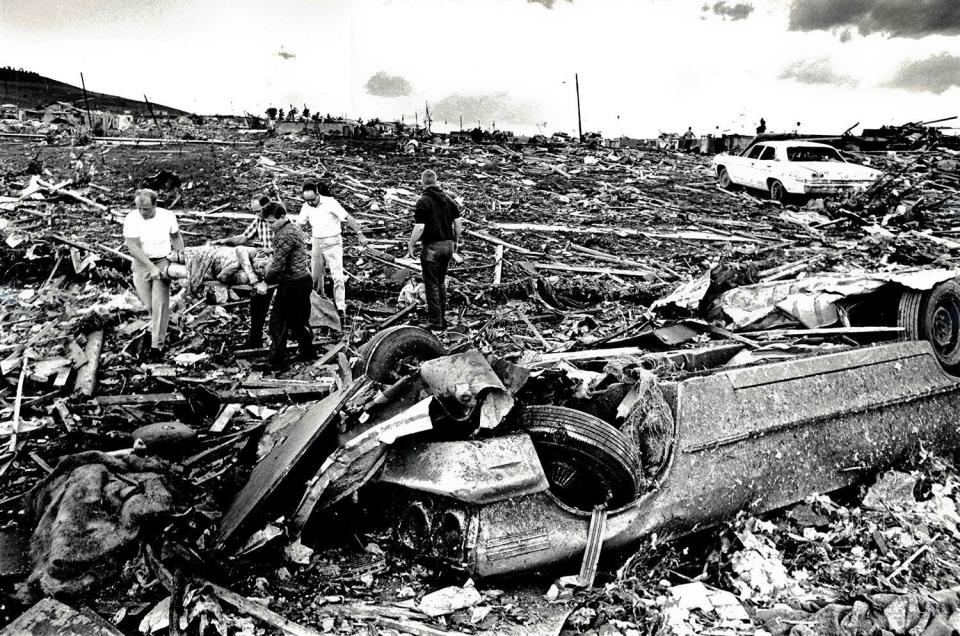
On June 8, 1966, a monster EF-5 tornado swept over southwest Topeka’s Burnett’s Mound and carved a diagonal path of destruction going northeast through the city.
Sixteen people were killed by the twister. It touched down in southwest Shawnee County and stayed on the ground for 22 miles, reaching as much as a half mile in width. The tornado injured more than 500 people and did damages totaling more than $200 million in 1966 dollars, which at the time made it the costliest tornado in U.S. history.
WIBW-TV newscaster Bill Kurtis was credited with saving many lives when he warned viewers, "For God's sake, take cover." Kurtis went on to become nationally known.
A twister spawned by the same storm system killed one person later that evening in Leavenworth County.
1955 Udall Tornado (80 killed)
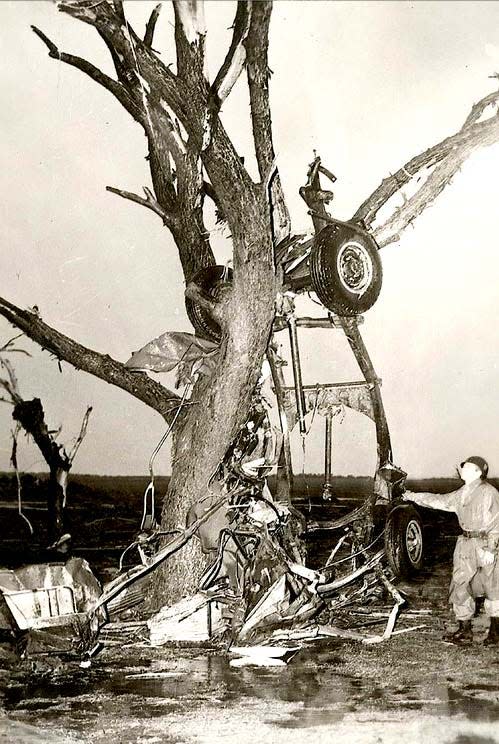
On May 25, 1955, the deadliest tornado in Kansas history devastated Udall, about 30 miles southeast of Wichita. It killed 80 people, including 75 in Udall, and injured 270.
The EF-5 twister touched down in northern Oklahoma and entered Udall from the southwest about 10:35 p.m. It moved northeast through the heart of town.
Many residents were in bed when the tornado struck, destroying 192 buildings and leaving only one building habitable in Udall, according to a weather service website.
At the time, the weather service lacked an effective system for identifying potential tornadoes and relaying information about them to the public.
The tornado was on the ground for 30 miles and had an average width of three-quarters of a mile. Damages were estimated at $2.225 million in 1955 dollars.
2007 Greensburg tornado
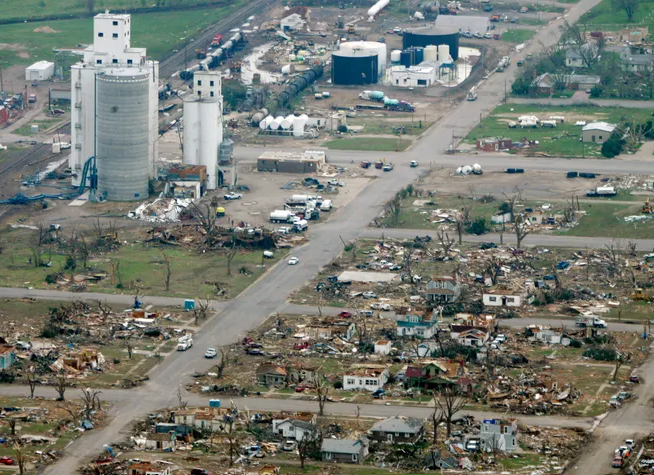
On May 4, 2007, an EF-5 tornado killed 11 people, injured 63 and did an estimated $250 million damage in 2007 dollars while leveling the city of Greensburg in south-central Kansas. Some people who had taken refuge in basements were among those killed.
The weather service reported 961 homes and businesses were destroyed, 216 sustained major damage and 307 received minor damage.
"This monstrous vortex went down in history as the first tornado to be rated EF-5 on the new Enhanced Fujita Scale with wind speeds that were estimated at 205 mph," said the website of the weather service's Topeka office.
The powerful tornado stayed on the ground for 26 miles and had a maximum width of one and three-quarter miles.
1991 Andover-Wichita tornado (17 killed)
On April 26, 1991, an EF-5 tornado killed four people in Wichita and 13 more in Andover, with all of the latter dying at Golden Spur Mobile Home Park.
The twister was on the ground for 46 miles, and had an average width of one-half mile, the weather service said. It did an estimated $300 million damage in 1991 dollars, including $62 million at Wichita's McConnell Air Force Base.
The tornado had an intensity of EF-3 as it passed through the Air Force base, where it narrowly missed 10 B-1 bombers, each valued at $280 million.
The twister intensified as it entered Andover. Officials there lamented that many residents didn't take the threat seriously at Golden Spur Mobile Home Park, where the storm shelter had room for 100 more people yet many residents never left their homes.
Tornado that killed Dorothy Gale (death toll uncertain)
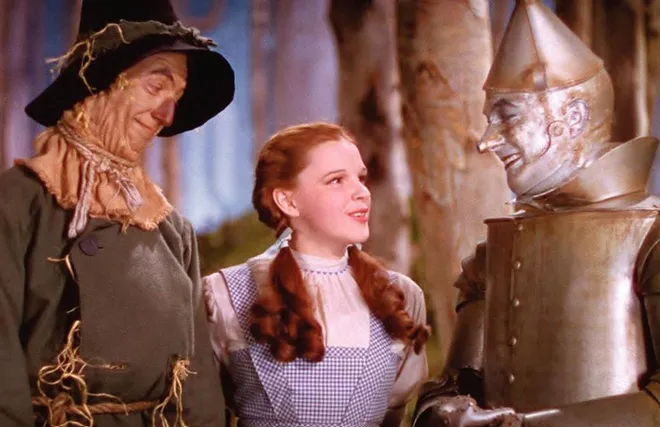
On May 30, 1879, two tornadoes striking a few minutes apart devastated the town of Irving in Marshall County in northeast Kansas.
Published reports disagree about the number of people killed, though most say it was at least 18. Those who died included a girl named "Dorothy Gale."
L. Frank Baum gave Dorothy's name to the main character of his book "The Wonderful Wizard of Oz," published in 1900, Lee Sandlin wrote in his 2013 book Storm Kings."
Baum's book was turned into a popular 1939 movie, which shows a Kansas tornado taking Dorothy, her house and her dog, Toto, to the magical land of Oz.
The Oz theme has since become inextricably linked to Kansas. The movie has also helped cement the Sunflower state's reputation as a tornado-ridden place.
1978 Lake Pomona tornado (16 killed)
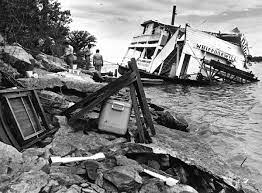
On June 17, 1978, 16 people died when a small tornado struck a 65-foot, paddle-wheel replica of an old-fashioned riverboat called the Whippoorwill on Lake Pomona, about 35 miles south of Topeka.
Guests planned to dine and see a performance of a musical, but crew members about 15 minutes into the cruise saw a small tornado dancing across the water. The skipper turned the boat to head for shore, but couldn't get it out of the way. The tornado struck the Whippoorwill, capsizing it about 100 yards offshore in water about 25 feet deep.
Fourteen guests and one crew member died, all of drowning, in what remains the deadliest water disaster in Kansas history. One of those killed was a pregnant woman, whose unborn 8-month-old fetus was ruled as the 16th fatality.
1990 Hesston tornado (one killed)
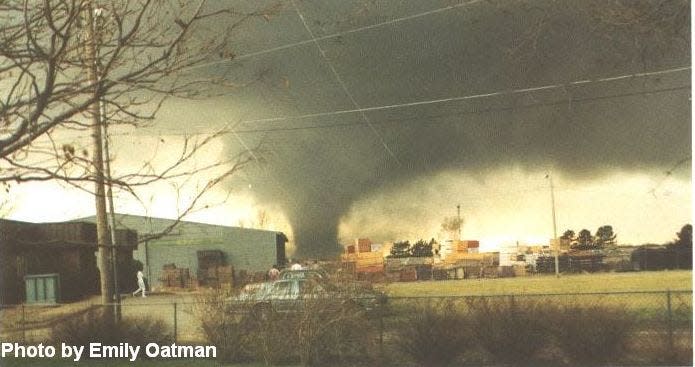
On March 13, 1990, a massive tornado killed one person and injured more than 60 while destroying more than 225 homes and 21 businesses at Hesston, which is in Reno County south-central Kansas.
The twister killed one person at Burrton before entering Hesston, where it reached EF-5 intensity while sweeping several buildings from their foundations.
The twister was on the ground for 48 miles and had an average width of three-quarters of a mile. Damages were estimated at $25 million in 1990 dollars.
The Hesston tornado was weakening when a second EF-5 tornado developed nearby and ingested it, according to the weather service. The second tornado went on to kill one person, at Goessel in Marion County.
Tim Hrenchir can be reached at threnchir@gannett.com or 785-213-5934.
This article originally appeared on Topeka Capital-Journal: Tornadoes at Topeka, Andover, Udall, Greensburg won't be forgotten

